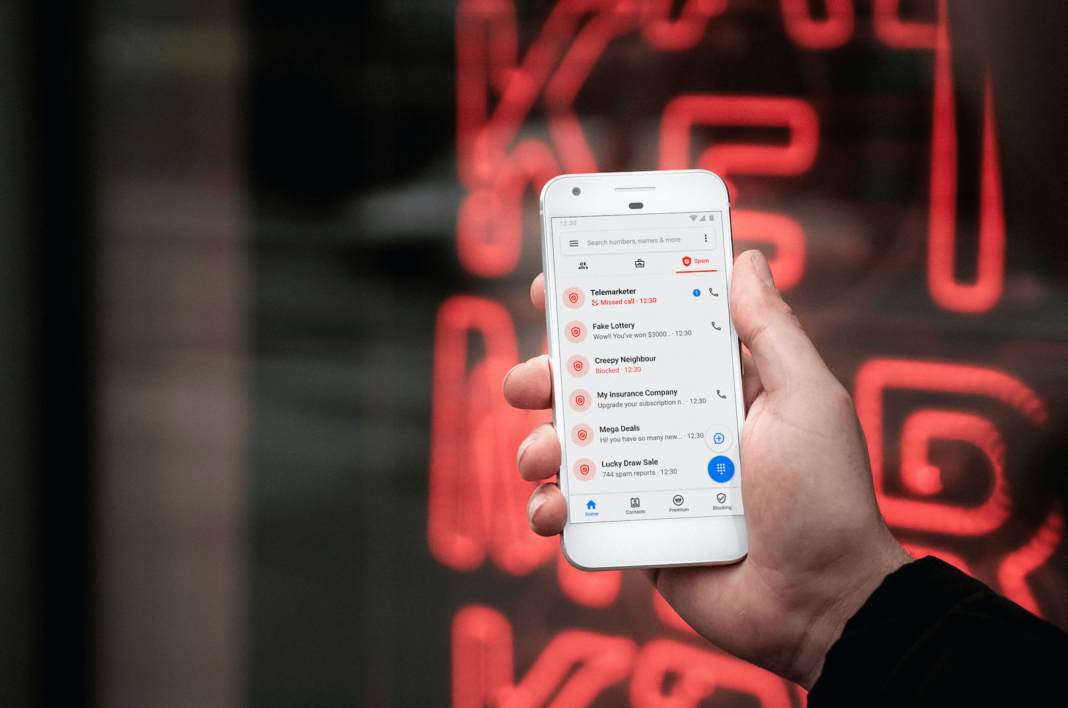Education is something so priceless, something that no monetary value can be placed upon. It leads to the rise and subsequent falls of civilizations. Over the millennia, the way we teach may have changed, but what we teach and why has not (with the exclusions of new technologies). As these new technologies develop they create unique situations and scenarios that were not possible prior, such as computing devices. Never did Aristotle think that one day the mind of a human would be, albeit poorly, be mimicked by a machine
Many of these computing devices find their ways into the classrooms and student’s hands, sometimes helping them and sometimes hindering them, going so far as damaging their educational experiences. From tablet computers to laptops and e-readers computers have infiltrated the teaching space and have utterly changed how the student engages with their learning.
While the gadget world might be big and wide, today, we will be examining these devices, taking a look at them, and seeing how they can negatively affect students’ learning experience. So join us, sit back and relax, and let us get started on this journey.
What Gadgets Do Students Use?
So before we continue it’s important to understand what we are talking about, as “gadgets” is such a broad term, and it is only in certain scenarios where negative effects can be observed. So what is it we are talking about? Well, things like cell phones, laptops, tablets, e-readers, smartwatches, smart glasses, calculators, and beyond. It is amazing what one would see in a modern-day college classroom. There are so many devices out there, and for so many things that it can become a myriad of options.
While each of these gadgets is cool, and has its place, for many of them that place is not the classroom according to recent studies. Devices such as laptops, which’s use are to take notes to become portals to other worlds, worlds of distraction, and bad attention spans.
While having your notes all typed up and nice can be a great thing, if you cannot focus on what is being said or is going on, you’re not going to absorb the information, and not learn the lesson.
For example, using the laptop again, such studies as we have cited show that handwriting is more effective when it comes to memorization and actual learning of a subject, a laptop takes that away from you, giving you typing. This causes a miscommunication between the areas of our brain that are trying to learn, and that which is thirsting for entertainment. it is so easy to open that web browser…
What Are the Cons?
So now that we know what we are talking about, and more about some of the risks that they post, are these devices harmful to a young mind? Well, it depends on who you ask, and the discipline of the individual. Many use their digital devices as an escape from the classroom. From texting their best friends, either funny jokes or even test answers, to playing video games on their laptops. having devices in the classroom can pose a lot of problems.
As any educator knows it is hard enough to keep your student’s attention on you and the subject matter. Give them tools, where they can do whatever they imagine whenever they want with no restraint and keeping their attention, is near impossible.
Texting and the use of mobile phones cause constant distraction. Before this only used to be a problem on the high school front, but as we progress into the technological age our elementary schools are being thrown into the mix as well.
Other than that, devices usually help students cheat on tests as with a smartphone all the information is on their fingertips. It doesn’t take much time to open a browser and find the right answer to an exam question or use an essay writing service like PaperHelp to get your essay done. Devices should not be allowed in the classroom to promote an equal opportunity learning environment that can be supported on all levels. When it comes down to it, technological devices have their place. But is it the classroom?
What About the Pros?
Now, not everything is all bad and evil when it comes to tech in the classroom. There have been more recent developments since the laptop that has led to different circumstances that could lead to some people changing their position on the matter. Tablet computers are a great example to look at as one of the main arguments against the use of laptops in class is the loss of the handwritten notes and memorization and learning that comes with it.
With some of the higher-end tablet computers, you can get a stylus, sometimes called a pen or pencil that writes on the device just as if you were using paper. Giving you all the benefits of a technological device while reserving some of the more conservative offerings of a pen and paper.
But that is not to say that all is well, as there are still such disturbances as the dreaded cell phone and other smart devices that are small and often kept on person. Not only can these devices be used for nefarious purposes if allowed, and not supervised properly, they can become simple distractions! A student with the best intentions could be sitting in class working on his test and his cell phone starts to ring simply because he forgot to turn it off. It was mandatory to turn off, and he was not allowed to have that phone in the classroom, to begin with, him, and all his classmates would not have had to have suffered the distraction caused by the phone.
Conclusion
When everything is taken into consideration, from the positives to the negatives, there seems to be room for a great debate on whether technology has a place in the classroom or not, and there may be no right answer. It might depend on the individual, and the type of device as well as how they use it. For some students, typing up their notes is just as if not more engaging than writing them down. For those that still like to write, those options are out there as well, with all the added benefits of today’s technology at their fingertips.
But this technology can also be very dangerous, causing distraction and inequality to run rampant within the classroom. Causing a dissenting learning environment where students play video games and text friends instead of listening to their instructor. It really can be a dream or a nightmare. But with the right teacher, the right guidelines, teaching is possible in any situation.











